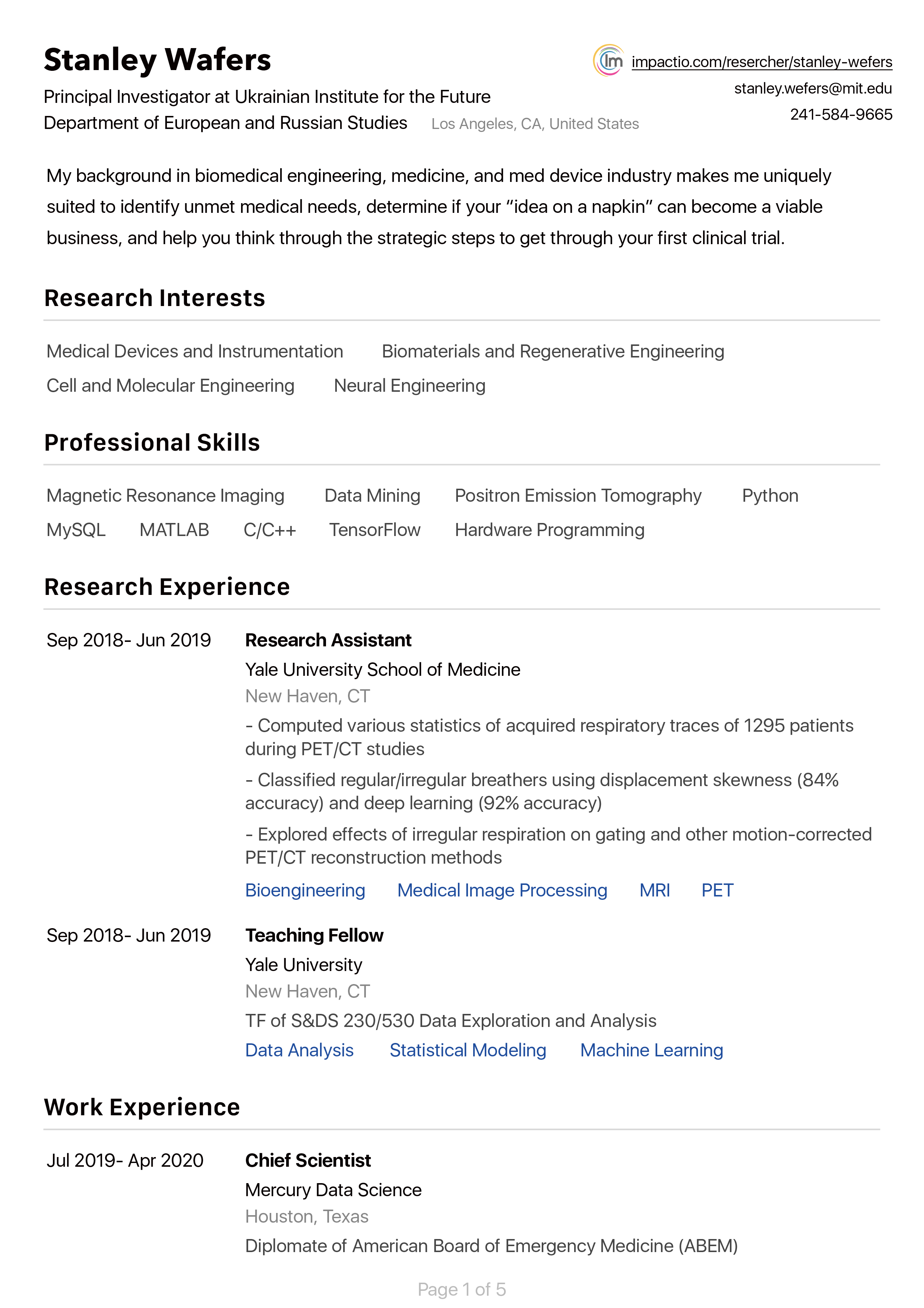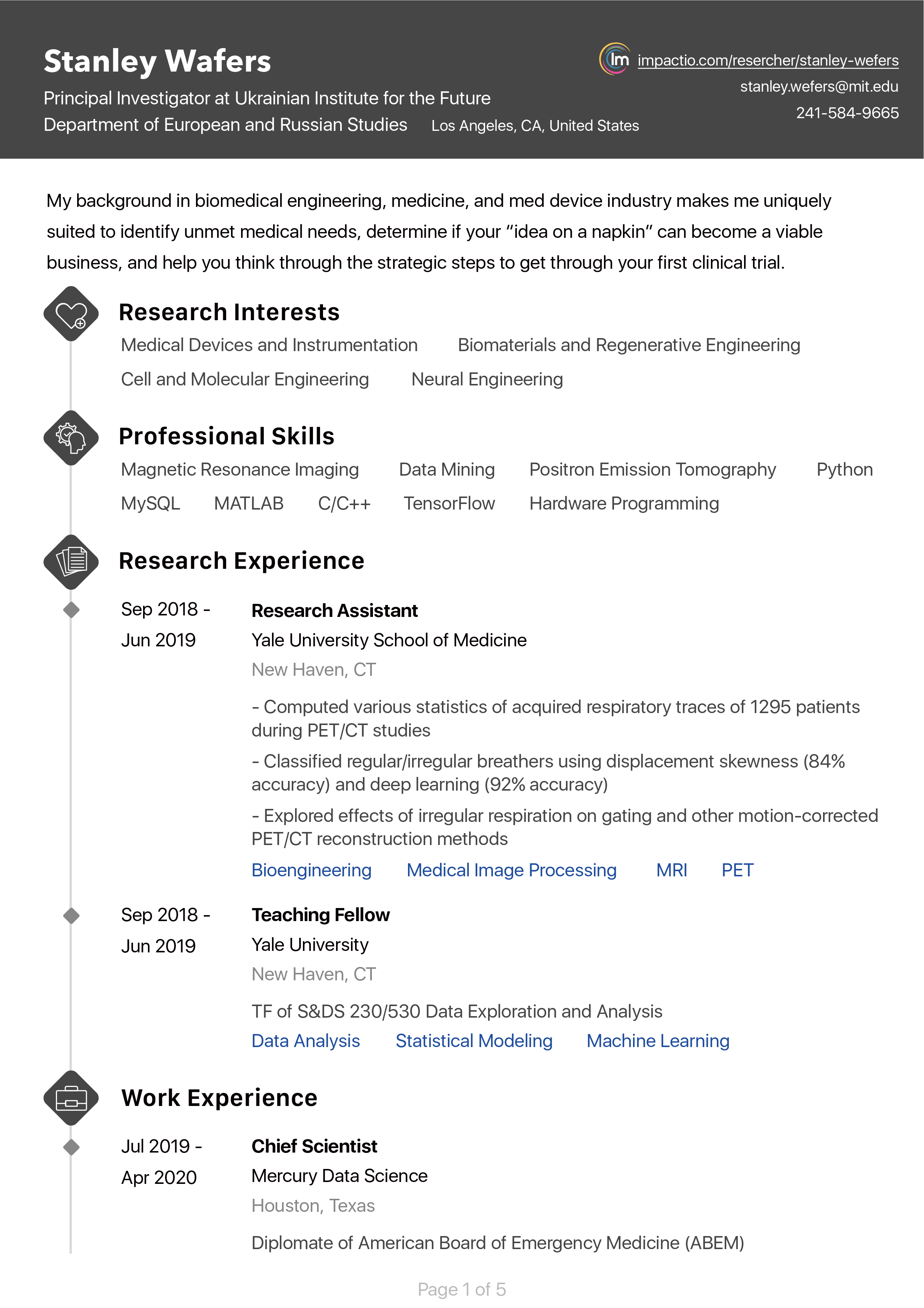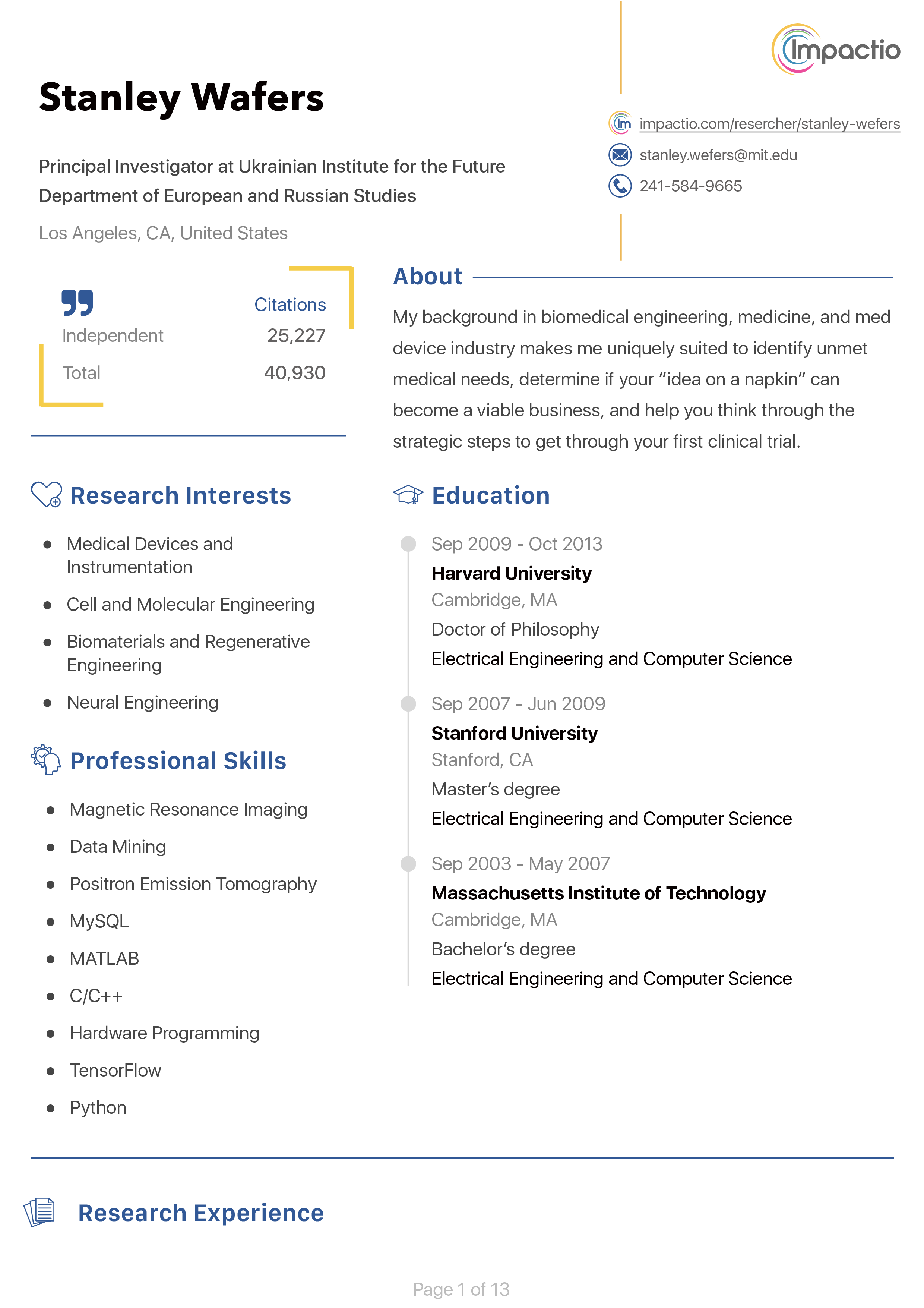I have received a Ph.D. in Pharmacology and Toxicology from University of California Davis for studies and research conducted from 2010 to 2015. My dissertation research was conducted on the development of a nanoparticle system to express functional receptors that are important for understanding breast cancer, such as HER2 (ERBB2), which is the target of the successful anticancer drug Herceptin (Trastuzumab). This receptor has a molecular weight of about 140 kD, much larger than most of the proteins which make it very hard to synthesize recombinantly. Add to the difficulty is the hydrophobicity and tricky protein folding, i.e. when made in any other conventional systems this protein will be most likely misfolded and precipitated from solution. In 2010, NIH funded an RO1 project to address this problem.
For my Ph.D. research, I was in charge of developing a process flow for making water-soluble nano-formulations of functional HER2 using a highly optimized cell-free protein synthesis system. There are two inherent limitations I have to overcome to achieve the cell-free protein synthesis of large membrane-bound protein: (1) early termination of translation to produce truncated proteins and (2) loss of function due to aggregation or misfolding of the target protein. By year 2014, I developed an “integrated cell-free NLP co-expression method” that solved the problems. I used codon optimized DNA for cell-free expression in highly efficient E. coli system to achieve full-length expression. In addition, I used a co-expressed nanolipoprotein particle (NLP) or nanodisc to provide a native environment to HER2 protein which prevented its misfolding. I demonstrated that the process produces significant amount of full-length HER2 receptors. Further functional assays proved that the complex functions of HER2 receptor can be recapitulated using the materials produced with this method. Even more importantly, the HER2 protein is “clean” as it is produced completely free of contaminant proteins that are normally associated in mammalian cells. This study is significant because it represents the first use of cell-free synthesis for the de novo production of functional HER2 as intact and functional full-length receptors supported by NLPs. This technology will in turn facilitate in vitro studies of receptor signaling mechanisms with material that is free from contaminating cellular modulators that might influence receptor activity. Ultimately, the HER2-NLP produced using this technology can be used to characterize transient receptor interactions and mutant HER2 receptor forms, and could support high throughput screening of drugs against cancer. These results are reported in publication entitled “Cell-free expression of functional receptor tyrosine kinases” in Scientific Reports in 2015.
At U.C. Davis, I also developed a new class of nanoparticles names telodendrimer NLPs. These nanoparticles contain amphiphilic polymer telodendrimer which allows for size tunability and reduction in particle aggregation. The traditional NLPs (tNLPs) are 10-20 nm in diameter, whereas the enhanced tNLPs can be tuned to have size ranges between 6-50 nm. This improvement is significant as allows for incorporation of different sized membrane protein or even protein complexes. These results are reported in 2013 publication titled “Controlling the diameter, monodispersity, and solubility of ApoA1 nanolipoprotein particles using telodendrimer chemistry” in Protein Science. This technology is patented (US Patent 9,644,038, Luo J, He W, Lam KS, Henderson P, Coleman M, Cheng RH, Xing L. Apolipoprotein nanodiscs with telodendrimer) and has attracted much commercial interest with one biotech company already licensed non-exclusively.
- Li, X. Chen, W. He, H. Yuan (Chinese Patent Number: ZL021363021; International Patent Number: C12N15/ A) Novel Method of Constructing Expression Plasmid Based on Homologous Recombination
- A. Coleman, W. He, K. S. Lam, P. T. Henderson, J. Luo (Tech ID: 24124 / UC Case 20102790) Nanoparticles for Drug Delivery, Tissue Targeting, and Imaging Analysis
- Luo, W. He, K. S. Lam, P. T. Henderson, M. A. Coleman, R. H. Cheng, L. Xing (US Patent 9,644,038) Apolipoprotein nanodiscs with telodendrimer
- O. Fischer, C. D. Blanchette, A. Rasley, A. C. Evans, W. He, M. A. Coleman (LLNL IL13088) Nanolipoprotein particles and related compositions methods and systems for loading RNA








